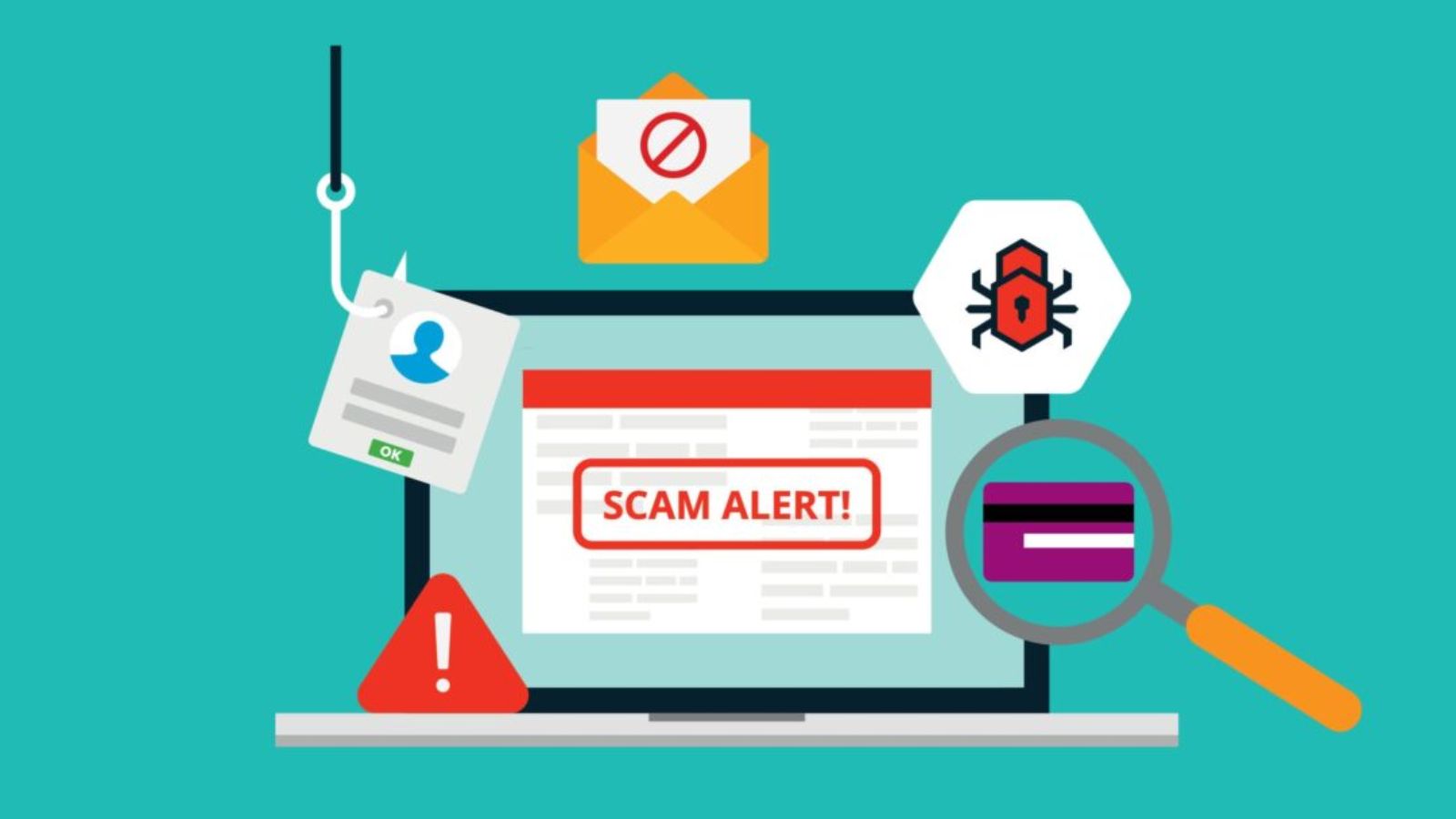Introduction
Unwanted promotions, deceptive messages, and online scams have become pervasive across the digital ecosystem, pushing platforms to adopt stronger safeguards to protect users. Platforms operate under a patchwork of content, privacy, and consumer protection rules but face rising expectations to proactively detect, moderate, and reduce the spread of spam, scams, and other harmful content.
From deploying advanced spam detection systems to enabling easier user reporting and content moderation, platforms are playing a critical role in protecting the digital ecosystem. In this blog, we unpack how Safer Internet India members: Google, Microsoft, and Meta are leading efforts to counter spam, scams, and malicious content across their services. These steps are crucial, enhancing digital safety for India’s nearly one billion internet users.
Google has rolled out multiple measures to tackle online spam, scams, and fraud. These include:
- Google Enhanced Play Protect – This is a program which scans over 200 billion apps daily, identifying millions of malicious apps beyond the Play Store. The system scans your mobile device and evaluates apps before and during installation, especially those not downloaded from the Play Store.
Google Enhanced Play Protect program
Source: https://security.googleblog.com/2023/10/enhanced-google-play-protect-real-time.html
- Google Pay’s fraud detection system – This system has prevented fraudulent transactions worth ₹13,000 crores and issued over 41 million alerts to users. The system evaluates unusual payment patterns (e.g. sudden large payments), location mismatches (e.g. login from a new region/device), known fraud signals (e.g., phishing attempts, cloned apps).
Google Pay’s fraud detection system
Microsoft
Microsoft has developed a range of robust tools and features to ensure online safety for its users. These include:
- Microsoft Defender SmartScreen – Microsoft integrated Defender SmartScreen into the Edge browser, which protects users from phishing and scam websites. It warns users before they visit websites that cybercriminals use to host scams, fake tech support messages, or malware.
Microsoft Defender SmartScreen
Source: https://jeffreyappel.nl/wp-content/uploads/2023/03/image-9.png
- Safety Features on Outlook – Outlook has anti-phishing filters that identify and block spoofed email addresses and malicious hyperlinks. AI-powered spam filters sort scam emails into the Junk or Quarantine folders before users can interact with them. There are also Safe Links and Safe Attachments, which scan URLs and files to detect any threat.
The Quarantine feature in Outlook in action
Source: https://learn.microsoft.com/en-us/defender-office-365/media/quarantine-notification.png
Meta
Meta has embedded various platform-specific safety tools into its products to enhance user security and privacy. These include:
- On WhatsApp, these tools include two-factor authentication, which adds an extra layer of security by requiring a PIN in addition to the standard verification code. The platform also offers group privacy settings, allowing users to control who can add them to group chats, reducing the risk of being added to harmful groups. Additionally, WhatsApp provides quick “block and report” functions, enabling users to swiftly block contacts or report suspicious or abusive behavior.
WhatsApp’s Two-Factor Authentication feature
Source: https://beebom.com/how-enable-two-step-verification-whatsapp/
- Instagram has introduced proactive alerts for suspicious interactions, such as when an adult repeatedly tries to contact teens who don’t follow them. These alerts prompt young users to be cautious, and may even restrict the adult’s ability to message them at all.
Instagram’s safety features against scams
Source: https://www.socialmediatoday.com/news/instagram-in-stream-safety-alerts-help-improve-awareness/708954/
